ADAS (Advanced Driving Assistant System) is the advanced driving assistance system.
ADAS uses a variety of sensors installed on the car to collect environmental data inside and outside the car at the first time, and perform technical processing such as the identification, detection and tracking of static and dynamic objects, so that the driver can be Active safety technology that detects possible dangers in the fastest time to attract attention and improve safety.
The sensors used in ADAS mainly include cameras, radars, lasers and ultrasonics, which can detect light, heat, pressure or other variables used to monitor the state of the car. They are usually located on the front and rear bumpers, side mirrors, inside of the steering column or windshield. On the glass.
The early ADAS technology was mainly based on passive alarms. When a vehicle detects a potential hazard, an alarm will be issued to remind the driver to pay attention to abnormal vehicle or road conditions. For the latest ADAS technology, active intervention is also common.
Automotive advanced driving assistance systems usually include:
Navigation and real-time traffic system TMC;
Electronic police system ISA (Intelligent speed adaptation or intelligent speed advice);
Vehicle networking (Vehicular communication systems);
Adaptive cruise control (ACC);
Lane departure warning system (LDWS);
Lane change assistance (Lane change assistance);
Collision avoidance or pre-collision system (Collision avoidance system or Precrash system);
Night Vision system (Night Vision);
Adaptive light control
Pedestrian protection system
Automatic parking system (Automatic parking)
Traffic sign recognition
Blind spot detection
Driver drowsiness detection
Hill descent control
Electric vehicle warning sounds (Electric vehicle warning sounds) system.
1. Blind spot detection system
The blind spot of a car driver refers to the area that is invisible to the left, right and inside of the three rearview mirrors. It is believed that many drivers have a deep impression of the blind spot. It is also one of the common accidents in many accidents. The blind spot detection system uses radar and sensors to detect the blind spot behind the vehicle. When the blind spot detects the approach of the vehicle, it will provide a warning to the driver to help the driver minimize the chance of accident.

2. Parking assistance system
ADAS parking system benefits many novices who can't park. The parking assist system is divided into two types, namely active and passive. The former system automatically controls the steering wheel to help the driver complete the parking. Of course, the accelerator, brake and gear switching are still controlled by the owner. The latter is composed of image (camera) and audio-visual (ultrasound) as the sensing unit, providing more information about the car's surroundings for the owner to grasp, reducing the chance of collision.
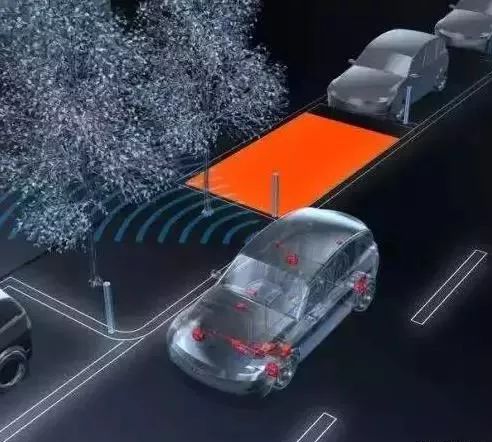
3. Lane Departure Warning System LDW
This system is composed of cameras, sensors, and controllers. The principle is to use a camera on the side of the car body or in the rearview mirror to sample the marking line of the current driving lane, and then obtain the current car's seat in the lane through image processing. At this time, as long as the car is If you deviate from the lane, the controller will send out an alarm signal. From sensing to sending out an alarm, the process only takes about 0.5 seconds to remind and wake up driving in real time to avoid accidents.
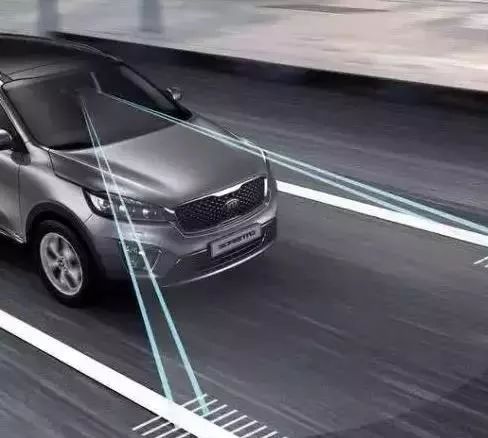
4. FCW Collision Prevention System
The radar installed in the front of the vehicle detects the distance and speed of the vehicle and the vehicle ahead. At the beginning, a warning sound will be issued to remind the driver to pay attention to the distance between the vehicles. If the distance continues to close, the vehicle will automatically step on the brakes first, and Gently pull the seat belt 2-3 times to warn the driver. If the system determines that a chase collision is impossible to avoid, after the automatic emergency brake (AEB) is activated, the seat belt will be tightened to fix the driver at the same time to reduce the injury after the accident. .

5. Road-adaptive car light system
This system can automatically adjust the lighting range and angle of the car lights according to different road conditions, environments, vehicle speeds and weather conditions, so that the lighting range of the car lights can be deeper, without the sight of other passers-by, so as to provide driving The safer and more comfortable lighting for people and oncoming vehicles, from the past AFS active steering headlights to the current multiple LED smart headlights combined with sensors, all belong to the category of this system.
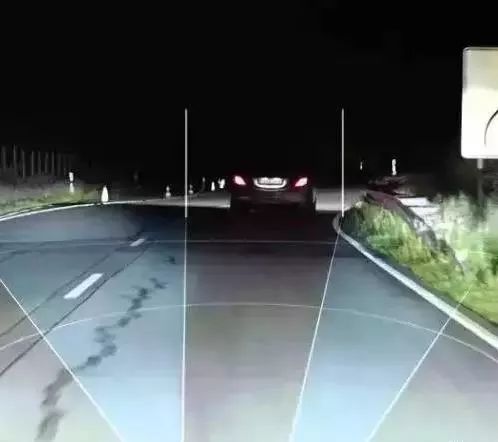
6. Night vision system
It can help the driver to automatically identify animals or large foreign objects at night when the line of sight is unclear or can't see clearly or in bad weather, and at the same time warn the driver of the road conditions ahead to avoid accidents. The recognition method is to use infrared to perceive the difference in heat, distinguish the difference between people, animals, vehicles and the environment, and transform them into images after processing, so that the originally unclear objects are clearly presented in front of the driver's eyes to reduce the risk of driving.

7. Active distance control cruise system, ACC
This is to know the speed and relative distance of the vehicle in front by continuously scanning the road in front of the vehicle through the distance sensor installed at the front of the vehicle. The speed and relative distance of the vehicle in front are automatically detected while driving. When the distance to the vehicle in front becomes smaller and smaller, it will be adjusted accordingly. Keep a safe distance from the vehicle in front of you at your own speed to reduce the occurrence of collisions. This is the so-called advanced version of the automatic cruise system. This system can already be seen on many car models.

8. Physiological status monitoring of drivers
Most of the current systems use cameras to detect the driver’s face to determine the level of concentration and whether there is a sign of drowsiness. Some systems use the frequency of the driver’s eye opening and closing to identify the safety level and provide appropriate warnings or It is an assist action. If the driver’s facial expression changes decrease, or even close his eyes, the vehicle will warn the owner through sounds and lights to reduce accidents.
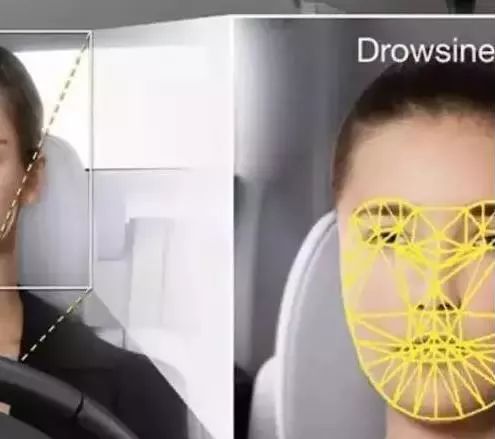
9. The trilogy of each system
Each system mentioned above mainly contains 3 programs: information collection, analysis, and command execution.
A. The first is information collection: different systems need to use different types of vehicle sensors, including millimeter wave radar, ultrasonic radar, infrared radar, lidar, CCD CMOS image sensor and wheel speed sensor, etc., to collect the working status of the entire vehicle And its parameter changes, and change the constantly changing mechanical motion into electronic parameters (voltage, resistance and current). For example, lane departure warning systems use CMOS image sensors, night vision systems use infrared sensors, adaptive speed control usually uses radar, and parking assist systems use ultrasound.
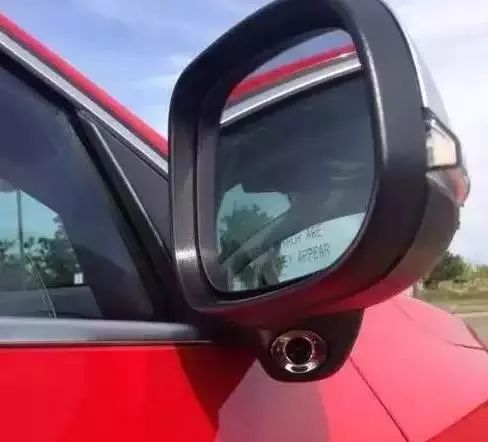
The ADAS system requires the assistance of different types of vehicle sensors, including millimeter wave radar, ultrasonic radar, infrared radar, lidar, CCD CMOS image sensor and wheel speed sensor, etc., so that the car can grasp the external vehicle conditions before proceeding. Warning or reaction action.
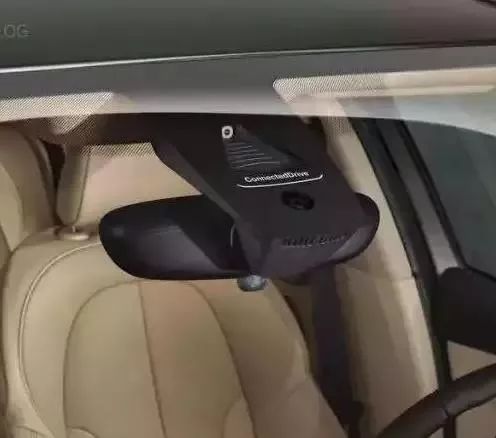
B. The second is information analysis and instruction issuance: the electronic control unit (ECU) will analyze and process the information collected by the sensor, and then issue an action instruction to the controlled execution device.
C. The last is the execution action: systems including accelerator, brake, light, sound, etc. are all within the scope of the actuator, and will execute various reaction actions based on the signal output by the ECU, so that the car can drive safely on the road.
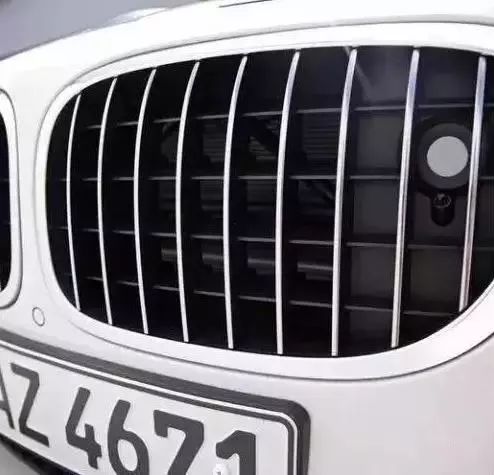
At present, the main function of the ADAS system is not to completely control the car, but to provide the driver with the working conditions of the car, analyze the changes in the environment outside the car and other related information, and warn of possible dangerous situations in advance, so that the driver can take early response. Measures to avoid traffic accidents. As for the purpose of becoming the technical basis of driverless smart cars, it is of course also the direction that ADAS systems are currently actively pursuing. However, this requires continuous accumulation of experience and blind spots to overcome, while adding more active detection systems, even after the Internet of Things functions. , Have the opportunity to further achieve the goal, after all, the automotive technology required for autonomous driving is higher and more complex
10. Conclusion
The ADAS system mainly includes:
APA (Automatic Parking System);
ACC (Automatic Cruise System);
AEB (Automatic Emergency Brake);
LDW (Lane Departure Warning System);
LKA (lane keeping system);
FCW (forward collision warning);
PCW (Pedestrian Collision Warning);
TSR (Traffic Sign Recognition);
HBA (High Beam Assist System) etc.
The ADAS system can have such a highly intelligent response. In addition to the increasingly complete sensor development, the increase in the response speed of the processor and the continuous establishment of the analysis database are also a contribution. Otherwise, the large amount of collected information cannot be effectively analyzed and reacted, or the danger can not be avoided. the goal of.
Hall Sensor,Hall Current Sensor,Current Sensor Hall Effect,Open Loop Hall Effect Current Sensor
Zibo Tongyue Electronics Co., Ltd , https://www.tongyueelectron.com